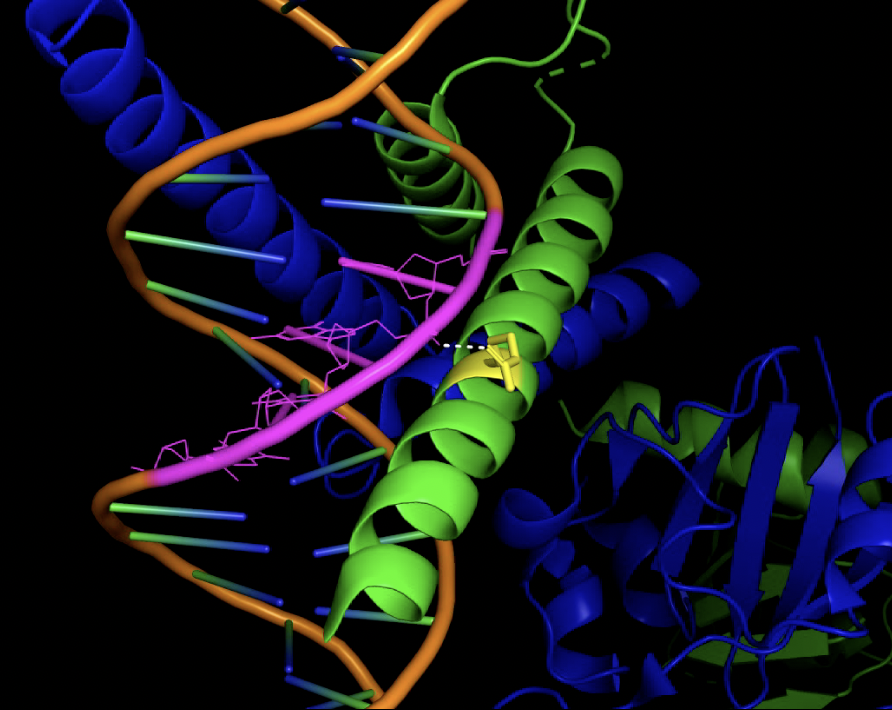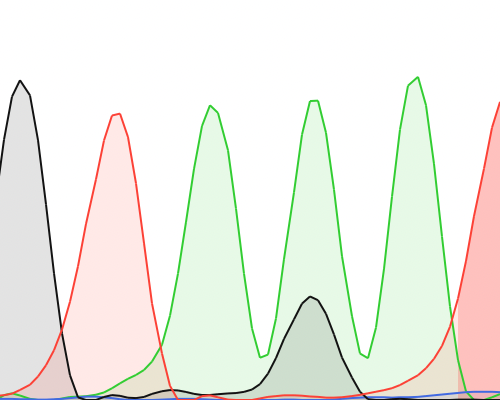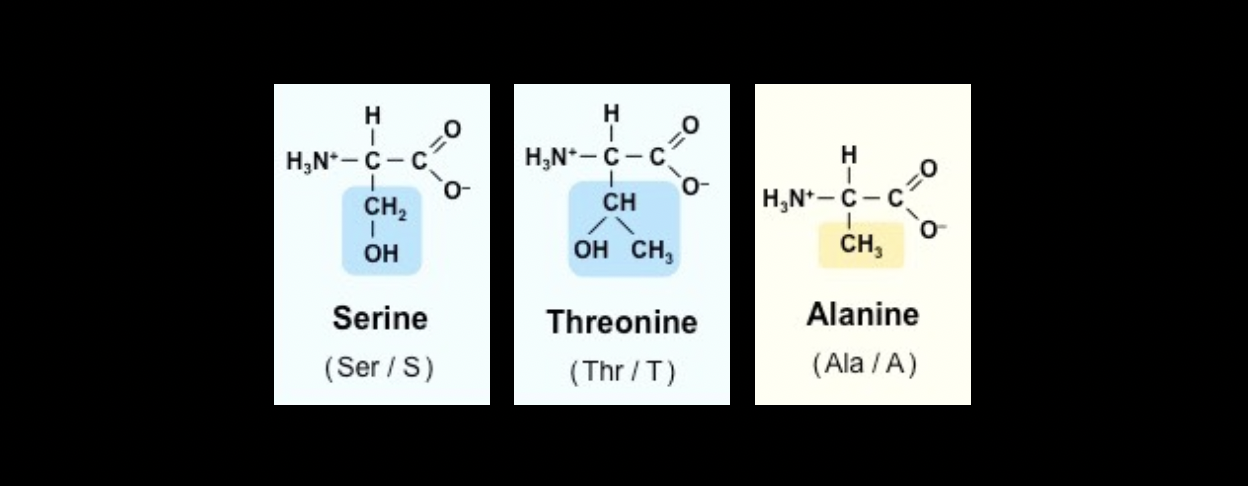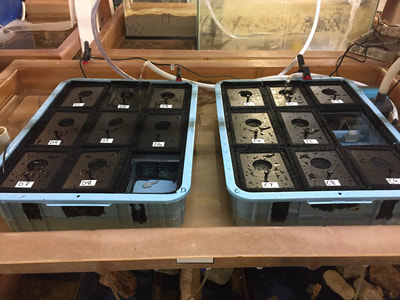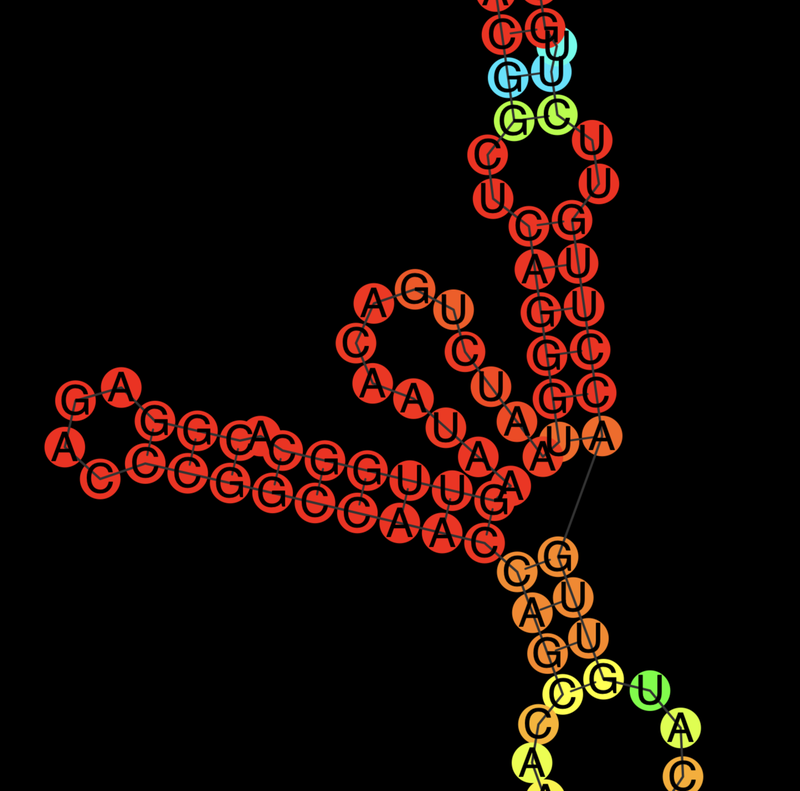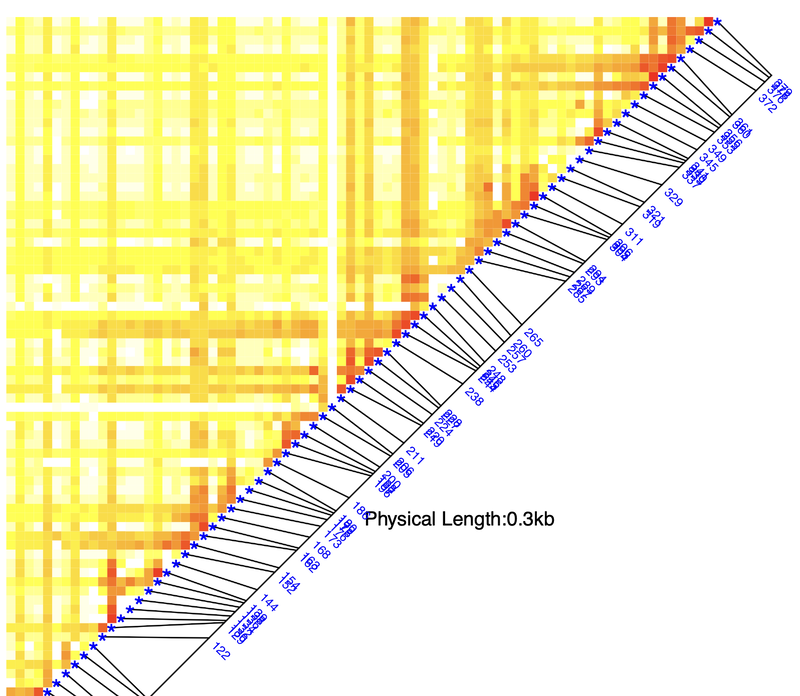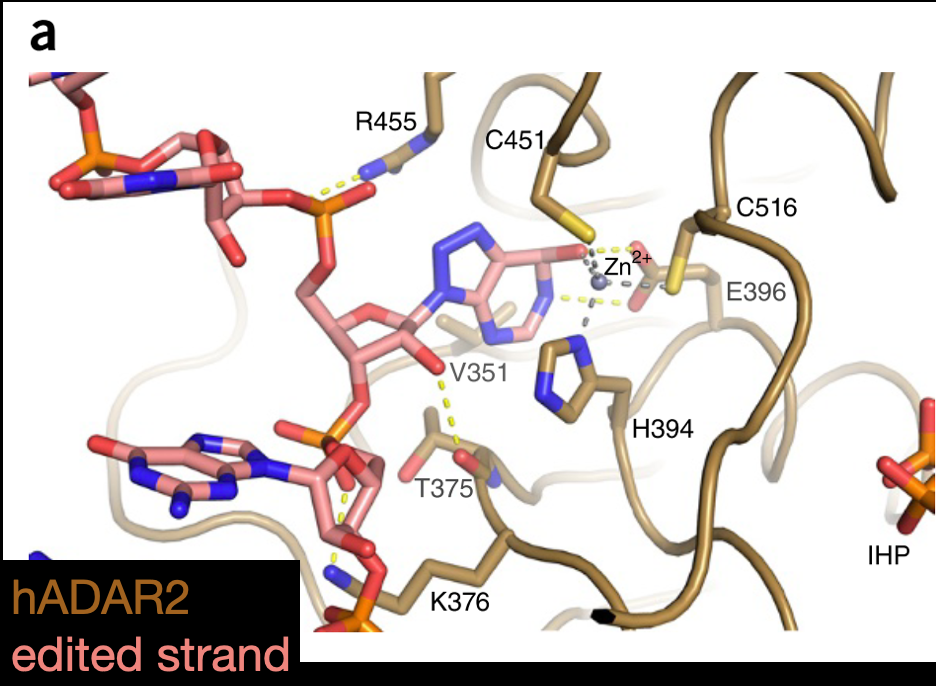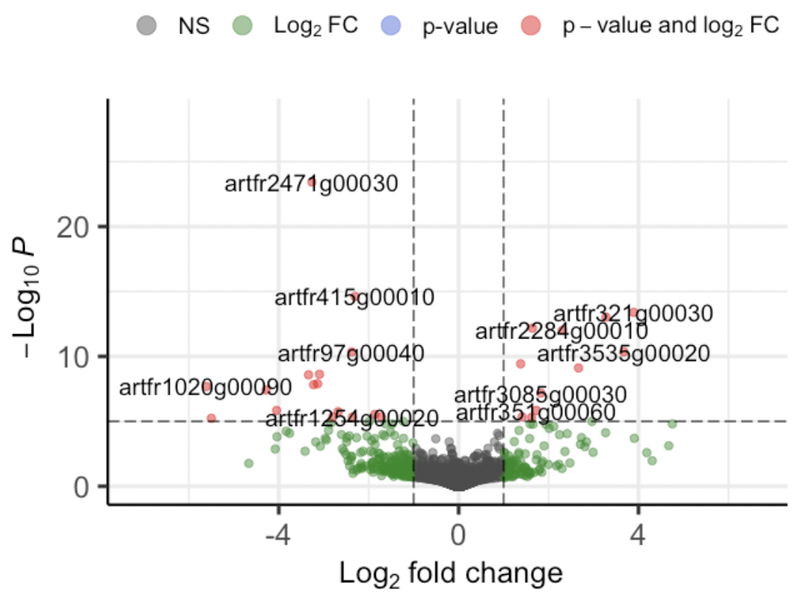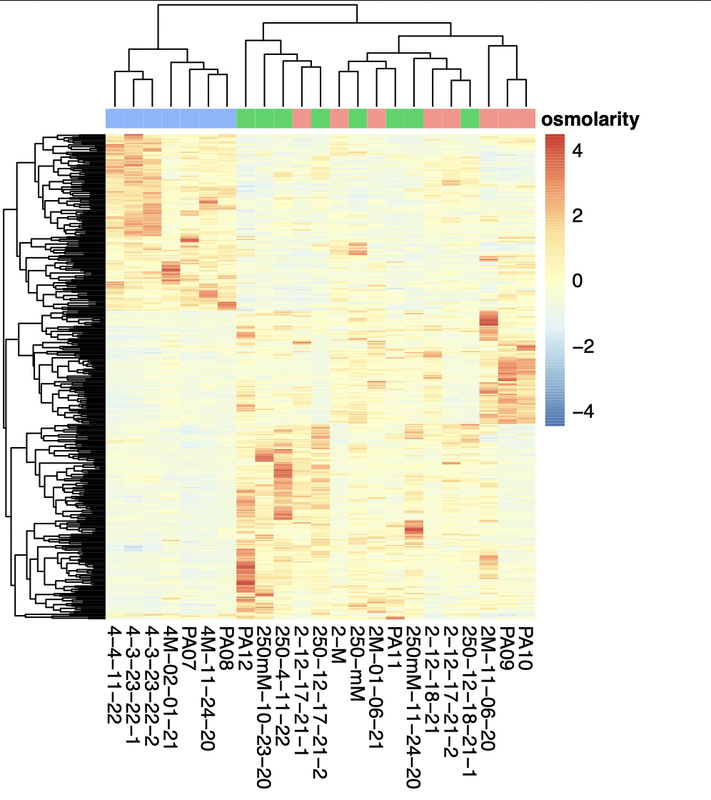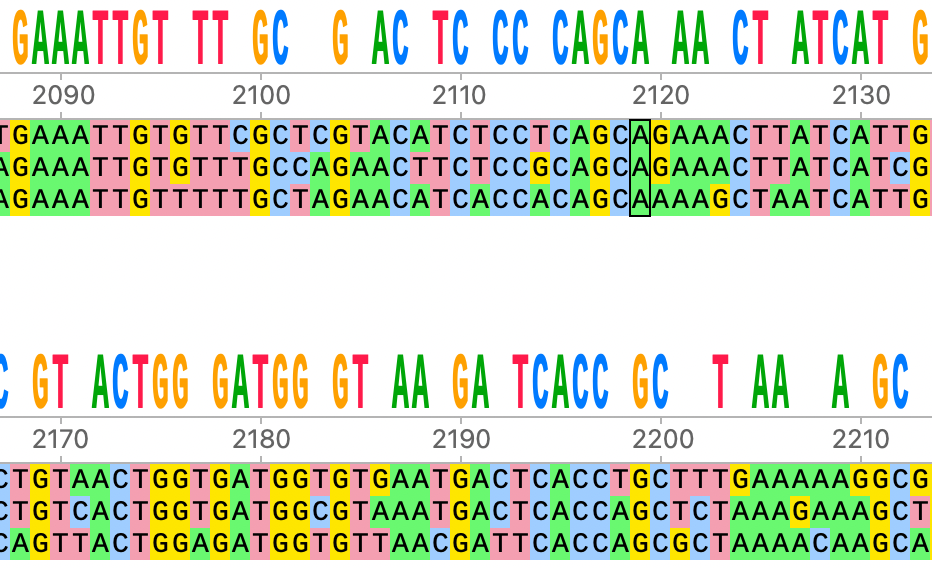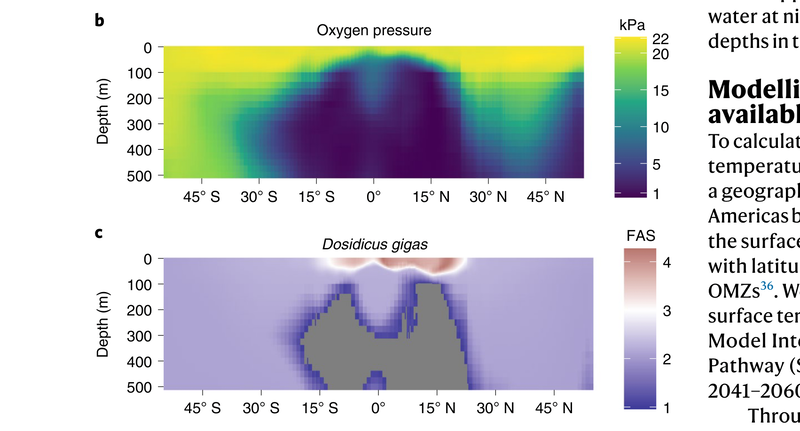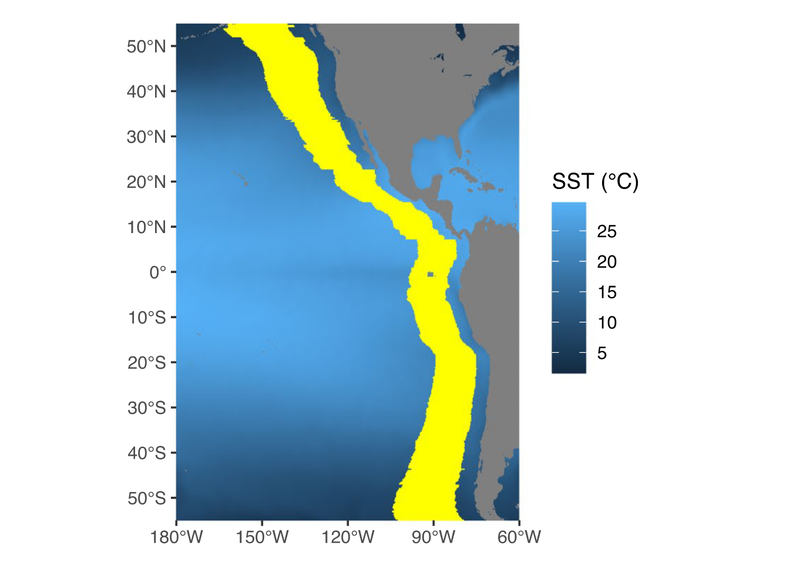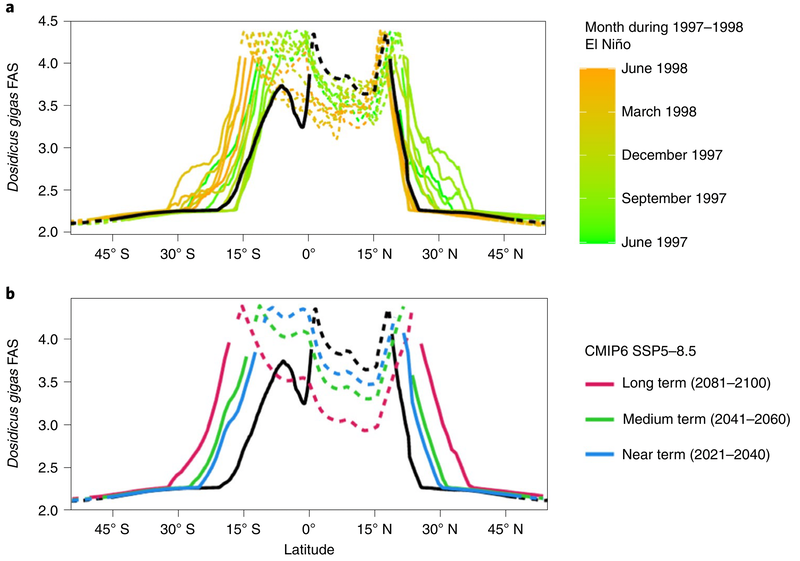Current projects
RNA editing of the HIF pathway in cephalopods
All animals possess an important pathway for wide-spread gene regulation under limited oxygen supply. The key player, hypoxia-inducible factor (HIF), and many of the other interrelated players in the pathway are being altered by cephalopods using RNA editing. We are investigating the impacts of these editing events on HIF pathway function.
Temperature-sensitive RNA editing in cephalopods
We are investigating genetic mechanisms of temperature acclimation in cephalopods. Coleoid cephalopods (octopuses, squids, and their relatives) are capable of editing their mRNA to produce amino acid substitutions in the resulting proteins at a frequency unprecedented by any other known organism; the squid Doryteuthis pealeii, for example, edits 60% of its brain transcriptome. We are examining whether cephalopods are able to utilize this novel method of protein diversification as a unique trick for rapid and transient acclimation to temperature change. This project was begun as a postdoctoral fellowship and now continues in collaboration with Joshua Rosenthal at the Marine Biological Laboratory in Woods Hole, MA.
Resulting publication: Birk M.A., Liscovitch-Brauer N., ..., Eisenberg E., Rosenthal J.J.C. (2023). Temperature-dependent RNA editing in octopus extensively recodes the neural proteome. Cell, 186: 2544-2555.
Resulting publication: Birk M.A., Liscovitch-Brauer N., ..., Eisenberg E., Rosenthal J.J.C. (2023). Temperature-dependent RNA editing in octopus extensively recodes the neural proteome. Cell, 186: 2544-2555.
Mechanism of RNA editing via ADAR
RNA editing is abundant in coleoid cephalopods and is mediated by an enzyme known as Adenosine Deaminase that Acts on RNA (ADAR). In collaboration with Sal Nemes and Josh Rosenthal at the Marine Biological Laboratory in Woods Hole MA, we are trying to understand the mechanism by which ADARs from cephalopods and other organisms edit RNA. Specially-synthesized RNA molecules and ADAR mutagenesis are being used to elucidate editing patterns.
Extreme-salinity osmoregulatory adaptations in arthropods
In collaboration with Pablo Artigas at TTUHSC and Craig Gatto at Illinois State University, we are investigating the molecular adaptations of brine shrimp (Artemia) and brine fly larvae to the extreme salinity environments encountered in the Great Salt Lake, UT (2-7x saltier than the ocean). We take a bioinformatics approach to assess the mutations and differential expression patterns of key ion transporters and channels utilized by these taxa to survive in this extremely salty habitat.
Resulting publication: Artigas P., Meyer D.J., Young V.C., Spontarelli K., Eastman J., Strandquist E., Rui H., Roux B., Birk M.A., Nakanishi H., Abe K., Gatto C. (2023). A Na pump with reduced stoichiometry is up-regulated by brine shrimp in extreme salinities. Proceedings of the National Academy of Sciences, 120(52): e2313999120.
Resulting publication: Artigas P., Meyer D.J., Young V.C., Spontarelli K., Eastman J., Strandquist E., Rui H., Roux B., Birk M.A., Nakanishi H., Abe K., Gatto C. (2023). A Na pump with reduced stoichiometry is up-regulated by brine shrimp in extreme salinities. Proceedings of the National Academy of Sciences, 120(52): e2313999120.
Past projects
Unique temperature sensitivities of diel vertical migrators alter their responses to climate change
Every day, the largest animal migration on Earth occurs in the oceans when diel vertical migrators (mainly cephalopods, fishes, and crustaceans) travel back and forth between the ocean surface and depths. We discovered that the unique combinations of oxygen and temperature encountered on this journey has led to metabolic temperature sensitivities unlike those in more commonly-studied coastal animals. As a result, we found that warming ocean temperatures due to climate change will unlock new habitat that was previously restricted due to the cold for these migrators. We propose that this unique physiology also helps to explain variation in Humboldt squid (Dosidicus gigas) distributions over the past decades.
Resulting publication: Seibel B.A., Birk M.A. (2022). Unique thermal sensitivity imposes a cold-water energetic barrier for vertical migrators. Nature Climate Change, 12: 1052-1058.
Resulting publication: Seibel B.A., Birk M.A. (2022). Unique thermal sensitivity imposes a cold-water energetic barrier for vertical migrators. Nature Climate Change, 12: 1052-1058.
Updated: 12 Dec 2023
